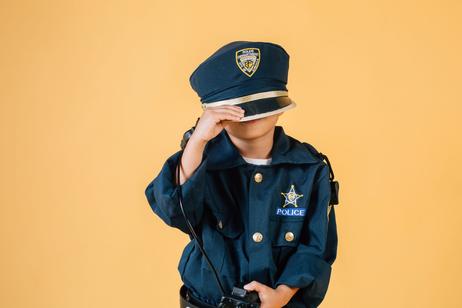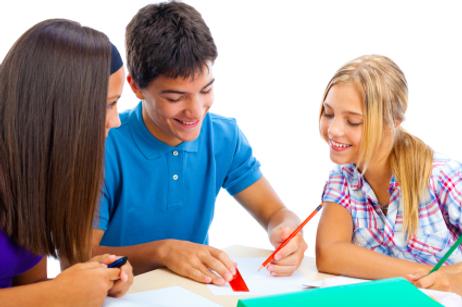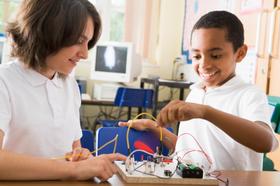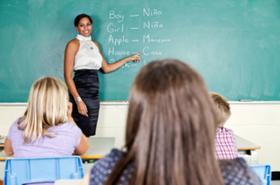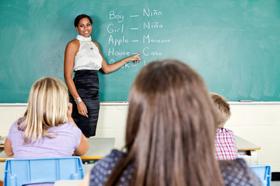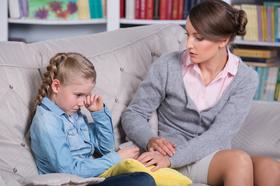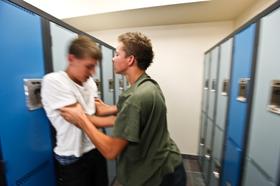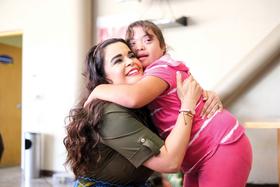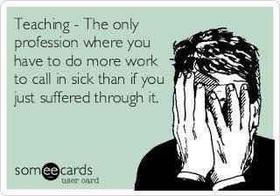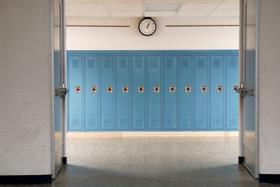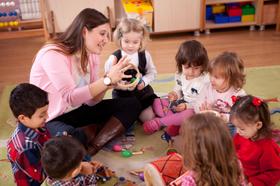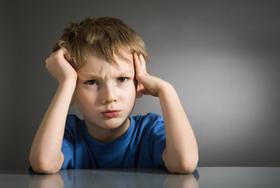Police officers are commonly seen in high schools and many middle schools, but is the trend now spreading to our public elementary schools? Indeed, some school and police leaders are working to increase the number of officer positions in public schools—regardless of the age range of the school’s students.
Increasing Police Presence in Public Schools
While the title “school resource officer” may sound unfamiliar to those who graduated from high school more than 10 years ago, positions for police officers in schools are quite commonplace today. As All Academic explains, School Resource Officers (SROs) have been appearing in schools across the country at steadily rising rates in recent years.
Ideally, the SROs are available to help provide leadership examples for all students on campus; however, their influence in the schools can certainly have an impact that extends beyond these intentions. SROs are usually hired and paid by the local police force (not by the local schools), and subsequently, many believe that “The presence of these officers shapes the school social climate and students’ legal socialization.”
Interestingly, however, some high schools have reported an increase in student misbehaviors after officers have been assigned to the campus. Subsequently, many elementary school leaders are experimenting with SROs in the hopes that “legal socialization” at an early age can help prevent behavior problems in the middle and high school years. These proponents believe that teaching elementary students the benefits of law enforcement professionals will translate into

